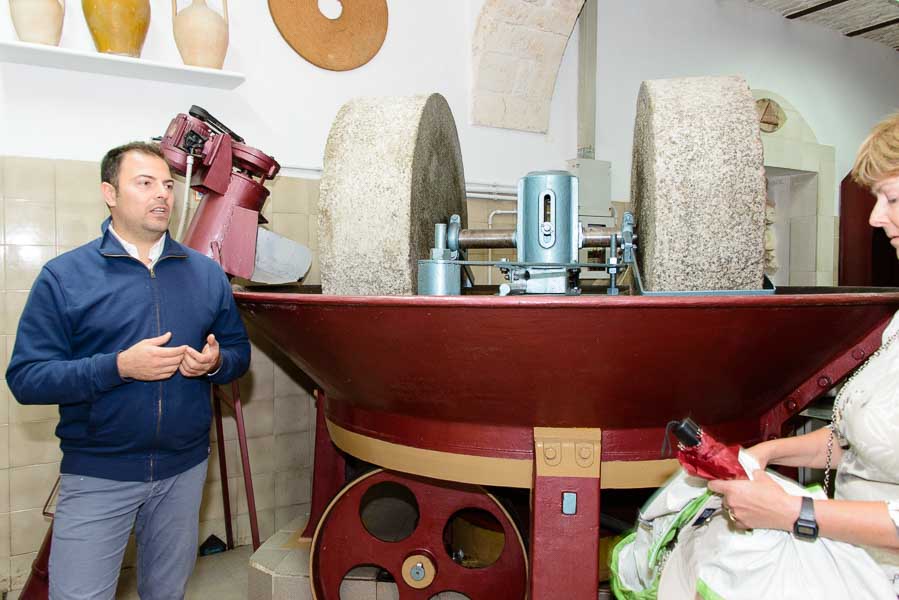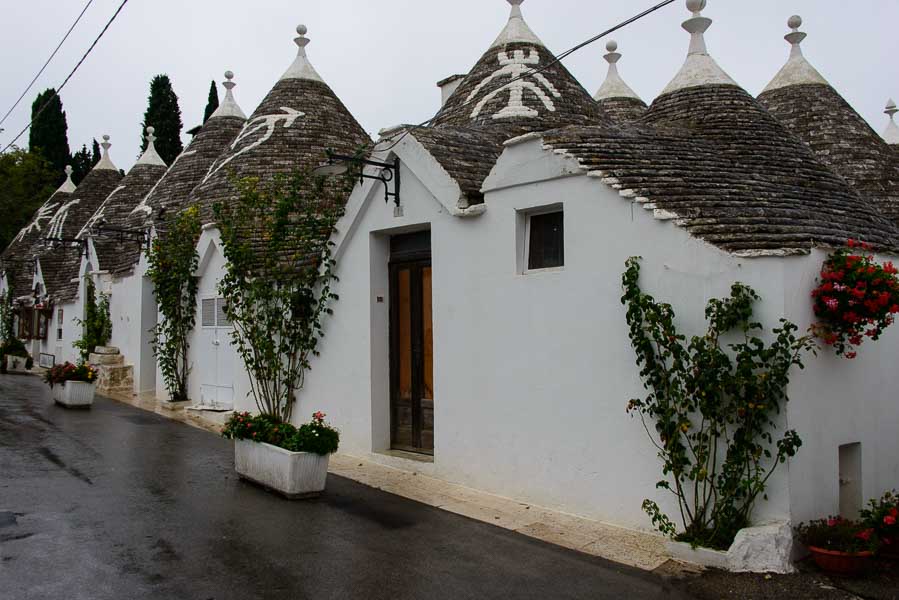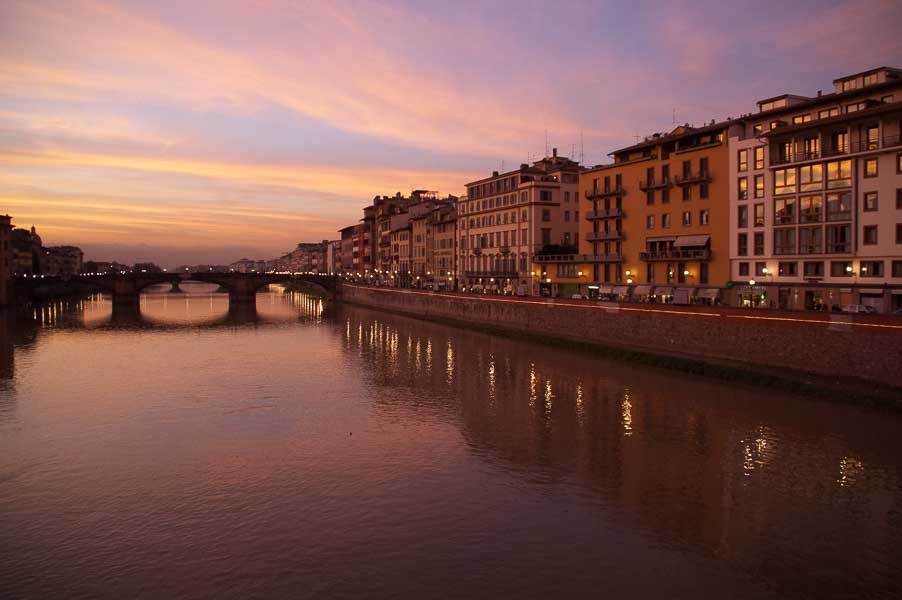
I fell in love with Italy on my first trip there in 2006. My husband and I went to Rome and Florence. The locals we met were gracious and welcoming. Their language sounded like poetry. The light was ethereal. The food was approachable and fabulous. The wonderful wines did not give me a headache-even when I overindulged. The art was sublime. I returned home and studied Italian. I bought Marcella Hazan’s iconic Italian cookbook and a pasta maker. I use Erica (Heather in Italian) as my “coffee name.”
Italy reels from the earthquake that destroyed entire cities and killed hundreds in the Lazio and Marche regions. When I heard about the earthquake, I thought about everything I love about Italy. What is it about this country that has me obsessed? Trying to explain requires a writer with more talent than I.
There is nothing like walking through Rome on a clear autumn evening. The famous fountains and statues are illuminated. With no one around, I sat on Bernini’s fountain in Piazza Navona and admired the ankles of the river gods he sculpted so elegantly. Less illuminated, but more atmospheric was a walk past dark ruins I could touch through an iron fence. I wondered what secrets they could tell. I got shivers and felt a presence. There is no place like Rome.
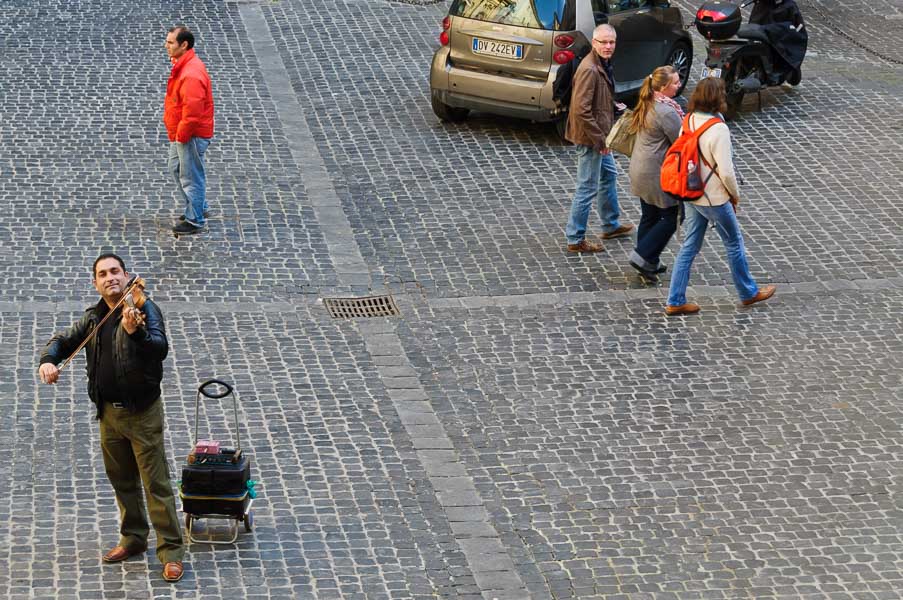
One spring morning in Rome my daughter Catie and I heard violin music. I looked out the window of our B & B and on the piazza below, a gentleman played violin for us. Later that day, I took her to the Pantheon. This gorgeous domed temple for all the gods, built in 118 AD is lit only by a hole in the roof.
I always eat at Vinando when in Rome. It’s a local restaurant in a beautiful little square and has fried potatoes my husband Matt talks about ten years later. We plan to eat there next month. The food is always fresh and delicious. The service is always family and friendly. The wine is always good.
Watching the sun rise over the Arno River was an unforgettable experience. Florence was quiet. I was the only one on the famous Ponte Vecchio. I watched the sun and the clouds reflected in the still river. Later that day my daughter and I would take a wine tour with people we became friends with.
Matt and I had ordered tickets to visit the Uffizi Museum. I was near tears to see Botticelli’s paintings of the Birth of Venus and Primavera. We sat and admired Michelangelo’s David-just the two of us-for thirty minutes. Just last week, I read an article in the New York Times Magazine about some cracks David has in his ankles. The museum needs to install a base to keep him level in the event of an earthquake or he might topple and crash into thousands of pieces. In typical politics, it has not yet been done. I wonder if this recent earthquake will encourage the powers that be to protect David for the world.
Catie and I drank with locals until closing time at a small bar in Venice. (My ability to navigate us back to our B&B without falling in a canal still mystifies me.) Matt and I drank with the staff well beyond closing time at one of our favorite restaurants in Venice. We returned the next day for lunch and they were out of limoncello. We had drunk it all the night before. Most of the Italians we’ve met are affable and their enthusiasm is contagious.
The sun reflected like diamonds on the Tyrrhenian Sea along the Amalfi Coast. It was blindingly beautiful. Matt and I wandered the side streets of Ravello and ended up in a wine bar. The owner gave us two wine glasses that we wanted to buy. He wrapped them neatly in paper bags and insisted we give him nothing. He gave us the recipe for the tomato bruschetta he was making. Our driver Michele introduced us to finocchieto, a local digestif made from the fennel that grows abundantly in the South. He gave us his grandmother’s recipe. Generosity from Italians should not surprise me, it’s the depth of their generosity that does.
In Brindisi, on the heel of Italy’s boot, a kind stranger called a cab for the four of us who had vainly waited in pouring rain. Near there, we met Vincenzo Lucarella to taste the fabulous olive oil his family has made since 1889. Thankfully, I can buy three-liter cans from his US distributor.
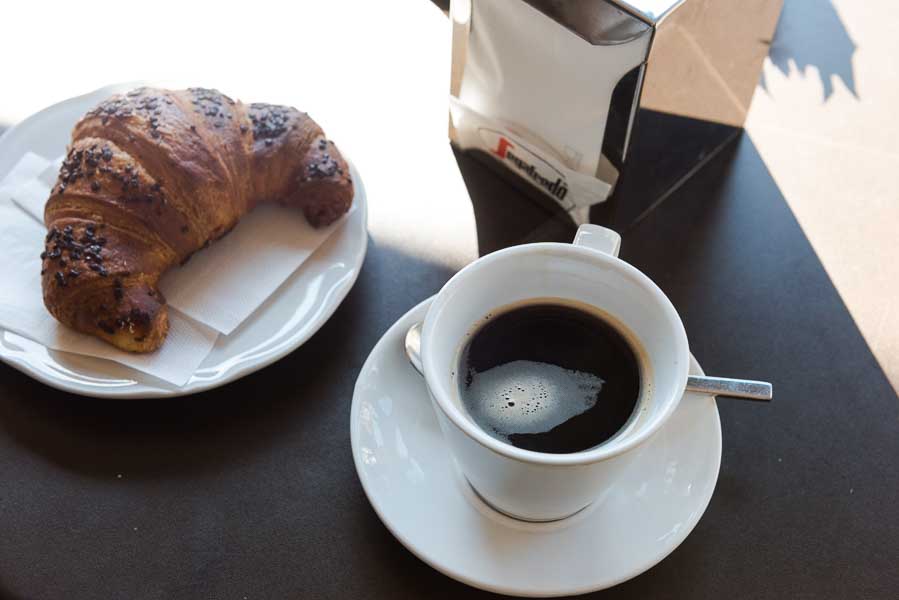
On a recent trip to Mantova, I had coffee every morning at the local bar. My Italian is improving. I understood some of the talk about politics, soccer, kids not calling home, who is selling their house. Italy has the best coffee; it has the best water.
At a restaurant tucked into a mountainside in the Valpolicella wine region, an older widow named Natalina brought us a blanket to dry rain off from the rain and made us a tableside lunch we rave about six years later. It’s the only time I’ve liked mushrooms. If we win the lottery, we’ll take our friends here for an extraordinary experience.
In the Chianti wine region, a winemaker named Lorisse walked Catie and me through the new vineyards he was planting. He showed us how he tied the vines to wires, and how deep he dug the holes. We hauled several bottles of his wines back to our hotel. I still order it online. Five years afterwards, I’m planning a return trip to see how his baby vines have grown.
In the Langhe hills of Piemonte we met Silvio who makes heritage cheese from the sheep he loves. We spent time with several families carrying on a tradition of quality winemaking. We learned how to make regional pasta with rabbit sauce. In Venice, we met Paolo who binds journals by hand. He showed us how he does it using a needle and thread. We met Toni, owner of the gourmet shop Pantigruelica who introduced us to the special Parmigiano-Reggiano Vacche Rosse. Italy’s almost ubiquitous commitment to quality is refreshing.
I learn Italian because I want secrets revealed. I’m always amazed at how patiently Italians will wait for me to butcher their language to say something many would most likely understand in English. They appreciate my efforts, correct my pronunciation, and teach me what they really say. It’s the Italians who make Italy such an amazing place.

